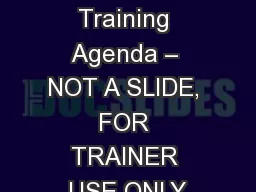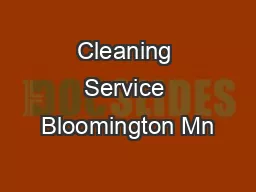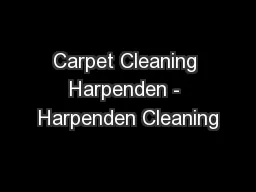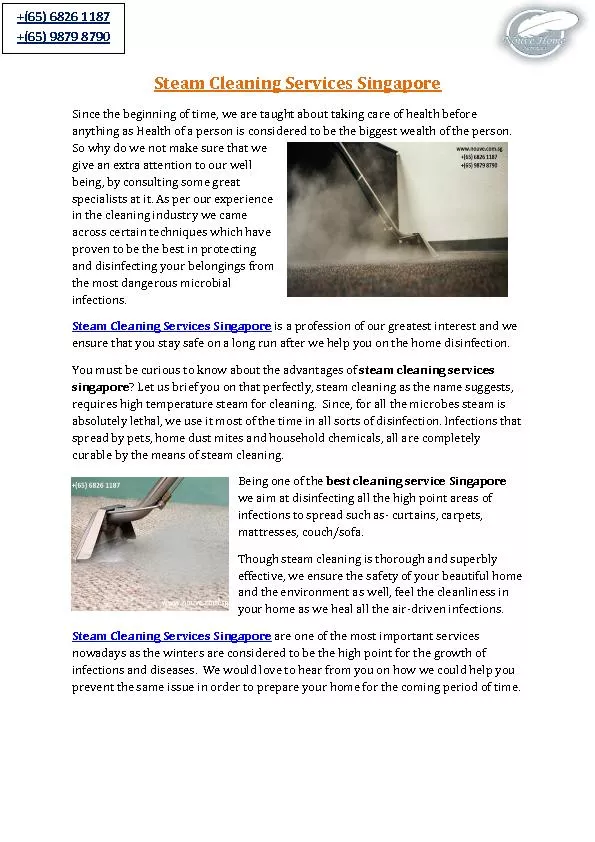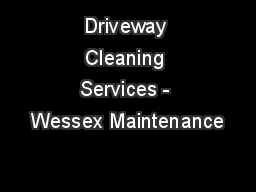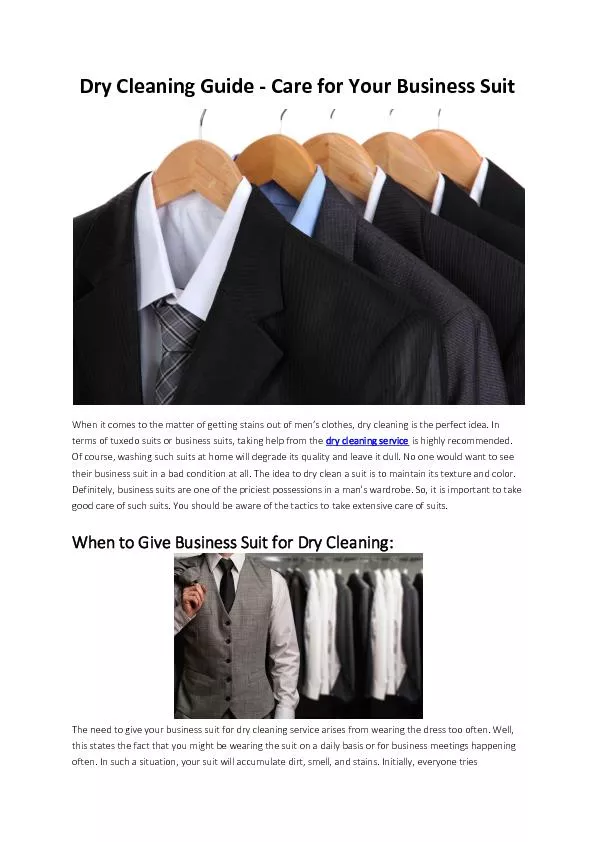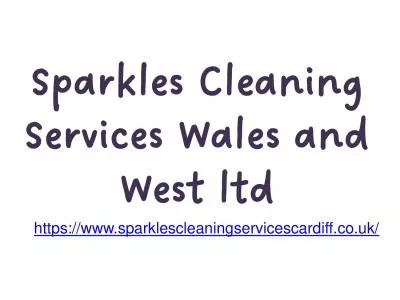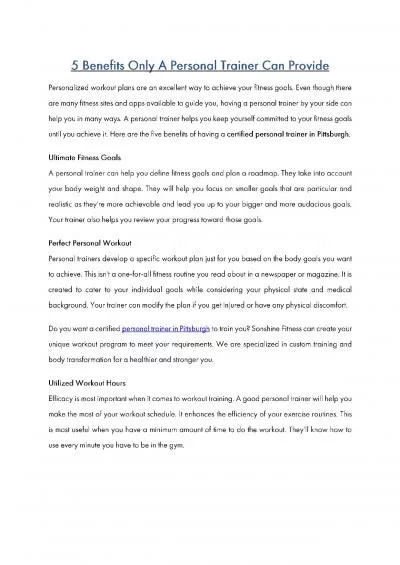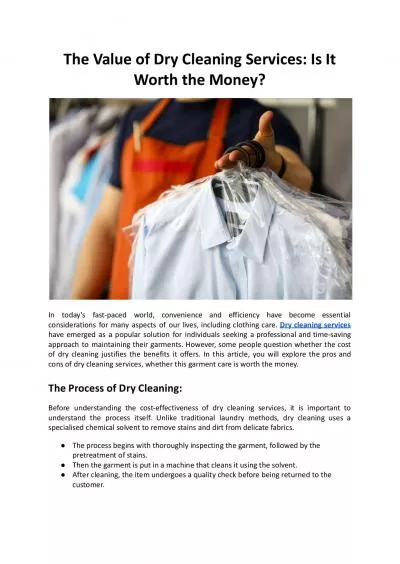PPT-DCHA Green Cleaning Training Agenda – NOT A SLIDE, FOR TRAINER USE ONLY
Author : alida-meadow | Published Date : 2018-03-10
Slide 2 Introductions 5 minutes Presenters Introduce themselves background and qualifications Slides 38 Why do we care about green cleaning 10 minutes Group
Presentation Embed Code
Download Presentation
Download Presentation The PPT/PDF document "DCHA Green Cleaning Training Agenda –..." is the property of its rightful owner. Permission is granted to download and print the materials on this website for personal, non-commercial use only, and to display it on your personal computer provided you do not modify the materials and that you retain all copyright notices contained in the materials. By downloading content from our website, you accept the terms of this agreement.
DCHA Green Cleaning Training Agenda – NOT A SLIDE, FOR TRAINER USE ONLY: Transcript
Download Rules Of Document
"DCHA Green Cleaning Training Agenda – NOT A SLIDE, FOR TRAINER USE ONLY"The content belongs to its owner. You may download and print it for personal use, without modification, and keep all copyright notices. By downloading, you agree to these terms.
Related Documents

